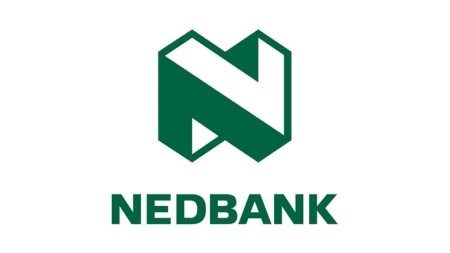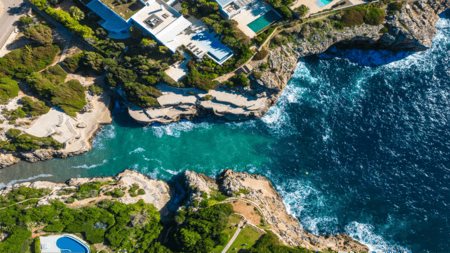Over the past few weeks we have looked at ways and means to green your home, reducing water and power consumption and at the same time, saving a few Rands. But what is the point of installing solar geysers or water harvesting systems if your garden is home to alien plants, your cabinets are made from wood harvested from over-forested areas or walls painted with highly toxic paint? Below are a few hints, tips and tricks for eco-friendly decorating.
Starting off in the kitchen, opt for natural stone countertops where possible. They are long lasting, durable and therefore less likely to clog landfills. You should also look for cabinets that are constructed from sustainable, local wood. It is believed that half of the world's original forests have been cut down and that forty million acres vanish with each passing year.
It is also a little known fact that formaldehyde is often used in the manufacturing of boards that are used to make cabinets. Rather choose natural wood or even steel cabinets: they are durable and look modern. For you floors, consider Linoleum flooring that is made from linseed oil (a renewable resource) and is low cost. Any appliances should have an Energy Star rating and cooking should be done with a gas stove, though the initial cost of these is substantial. Click here for some cool ideas.
Similar principles should be kept in mind with decorating your bathroom. Use local as opposed to imported wood for cabinets, ensure that there are no leaks or dripping faucets, and fit water efficient shower heads. Bathmats and curtains should also be made from natural fibres rather than synthetic ones as these are often non-biodegradable. In fact, any carpets should be made from natural fibres such as organically grown cotton and wool, or made from recycled materials.
For your bedroom, try use natural or compact fluorescent lighting. Compact lights are more energy efficient than incandescent bulbs and technological advances have helped fluorescent lights transform from unsightly tubes into stylish décor items. Here are some examples of modern fluorescent bulbs.
Ending off with your garden, use plants that are endemic to your area as they will work better with the local climate and soil conditions. Massive lawns are also impractical (and require mowing – the bane of my existence) as they use the most water. Rather plant a fruit and vegetable garden: you will use less water and have fresh produce. Use organic fertilizers, avoid toxic pesticides and if possible harvest rainwater. There are a number of solar products for the garden, including coloured lights which can be used to illuminate walkways and terracotta fountains and water features. Here are some great examples.
Green products such as hemp curtains, cabinets made from reclaimed wood, fireplaces that run on biofuel made from sugarcane and décor items manufactured from recycled products are becoming more common and are often less expensive and more stylish than you may think. You don’t have it to remodel in one go but can start with a single room and gradually give your home a modern, chic eco-friendly look.



